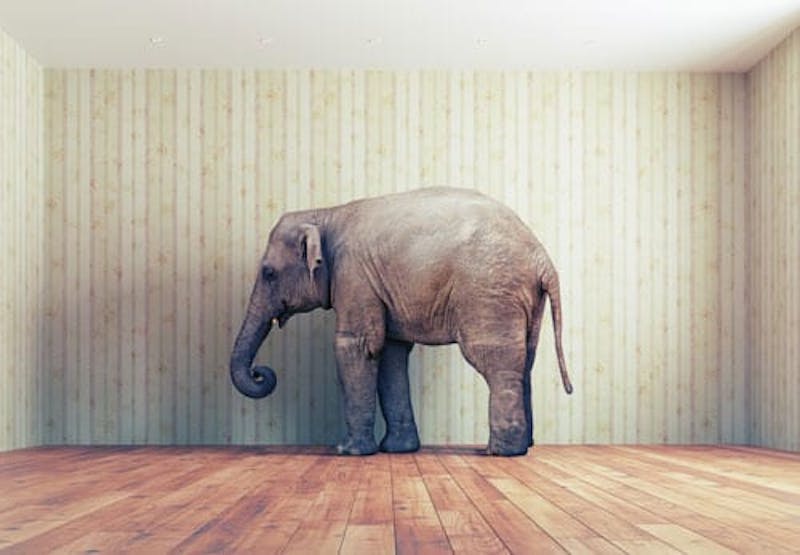
This was the subject of my talk at the University of Pennsylvania and Scheie Eye Institute 140th anniversary alumni meeting in early April. I began with a picture of aliens, and the guys in the Men in Black film that are able to recognize them.
It isn’t hard to recognize people that have had bad surgery. They are all over, at restaurants, the opera and concerts, on the street, at sporting events, and, certainly, on television both in film and in politics. I was surprised that, given their medical backgrounds, doctors outside of my specialty don’t recognize these cosmetic surgery victims. These people have been “victimized” all right, often by Board Certified Plastic Surgeons with great reputations.
It’s not out of ill will or malpractice that this happens—it’s the operations themselves are flawed. It’s a classic case of unintended consequences. When you sever the attachments that hold the face or eyelids in place, bad things can happen, because scarring forces start to be exerted. One thing that we can’t beat as surgeons is the effect of gravity over time—because gravity always wins.
“Predator“, by Tamorlan is licensed under CC Attributed Unported 3.0
Here are the ten ways to spot a case of bad plastic surgery:
- High forehead
- Sunken upper eyelids
- Pulled down lower eyelids that look “skeletonized”, often with a little pooch of fat sticking out in the outer corner of the lower lids
- Wide mouth
- Trout pout
- Tight, waxy skin without pigment
- Ears that are rotated inward, toward the axis of the jaw, instead of being oriented vertically
- Pixie, elfin ears
- Bizarre linear bumps and lumps and pleats and gathers in the neck
- Scars
I believe that all of this happens because of the cutting of ligaments. Contemporary plastic surgeons and facial plastic surgeons EMPHASIZE the cutting of these ligaments, and it is a BASIC teaching almost everywhere in the current literature that the ligaments should be cut to free up the surrounding tension on the tissues. But what it frees up allows for your face to be moved in bizarre directions (upwards—actor Mickey Rourke), widened mouths (Joan Rivers, Meg Ryan—pulled too horizontally!)
“Mickey Rourke“, by David Shankbone is licensed under CC Under 2.0*
And, it also sacrifices the major supporting structures of the face, allowing gravity to act in even more bizarre ways without the restraints that the ligaments allowed. Thus, to paraphrase one of my favorite personal adages, an aging face ages differently than an aging facelift!
Correcting These Conditions…
The correction of these conditions can be complicated but is one of my favorite challenges.
Facelift reversal can be done with Botox, selective dissection of overly tightened muscles, and by grafting.
Brow lift reversal can be performed by lowering the forehead, or by follicular unit hair replacement.
Neck issues can be corrected with selective fat removal, or fat replacement, and, often can be addressed it newer technologies such as laser and radiofrequency skin tightening.
Upper and lower lids can be treated with fillers and fat and dermis grafts and various procedures to diminish the sad, hangdog appearance of droopy lower eyelids to lengthen lids and make them look more youthful.
Of course, in my view, it is best to get it right the first time. This means relying on minimally invasive, relatively non-disruptive surgical (or nonsurgical) techniques to produce improvement. Maybe you need more procedures, more frequently to maintain your looks. But you will never look like an alien.

